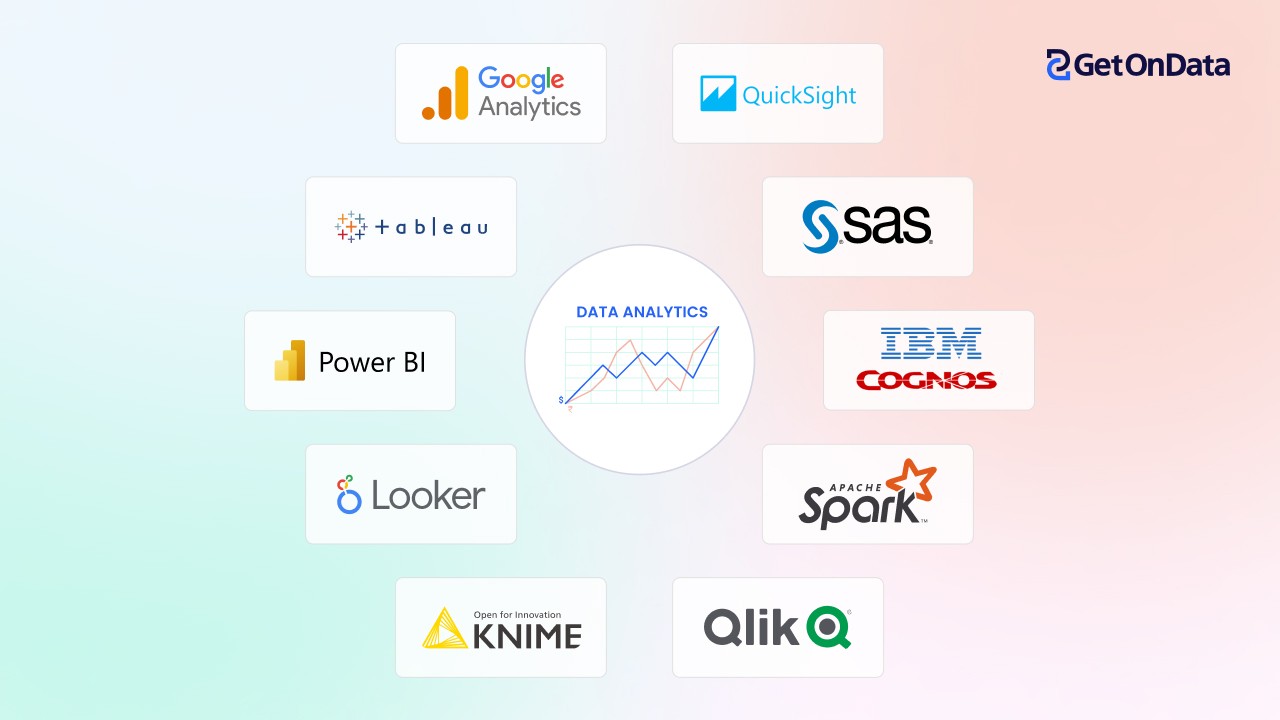Just How to Improve Efficiency with Comprehensive Analytics
Just How to Improve Efficiency with Comprehensive Analytics
Blog Article
Unlock Business Insights With Advanced Analytics Tools
In today's data-driven landscape, the capacity to unlock service insights with innovative analytics tools is coming to be progressively vital for organizations looking for a competitive side. What are the key considerations that companies must address to efficiently harness these advanced analytics abilities?
Relevance of Advanced Analytics

Furthermore, the competitive landscape demands that companies not just react to market changes yet likewise expect them. Advanced analytics equips companies to understand consumer preferences, improve functional performance, and alleviate risks successfully. By leveraging these devices, organizations can boost their decision-making procedures and drive development.
Additionally, the assimilation of sophisticated analytics fosters a society of constant enhancement, where organizations can refine their approaches based on empirical proof. As markets such as finance, medical care, and retail progressively rely upon information to educate their procedures, the importance of innovative analytics will only remain to grow, making it a critical part for sustained success in today's data-driven economic situation.
Key Functions of Analytics Tools
Advanced analytics tools are characterized by a variety of essential attributes that enhance their efficiency in information analysis and decision-making (Analytics). Among the key features is information integration ability, which permits seamless aggregation of information from various sources, promoting extensive analysis. This makes certain that businesses have an alternative sight of their data landscape
Furthermore, progressed analytics devices frequently consist of durable analytical and predictive modeling abilities. These attributes enable organizations to forecast patterns and recognize patterns, leading to more educated tactical choices. Visualization devices are additionally integral, offering user-friendly visual depictions of information, which streamline intricate information and make understandings much more accessible to stakeholders.
An additional important element is the incorporation of artificial intelligence algorithms, which improve the capacity to assess huge datasets and reveal hidden insights without specific shows. In addition, easy to use interfaces enable non-technical individuals to take advantage of these tools successfully, democratizing data access across the organization.
Sorts Of Advanced Analytics
While numerous innovative analytics techniques exist, they can usually be categorized into several key kinds that offer unique functions within companies.
Detailed analytics focuses on summarizing historic information to determine patterns and patterns. It gives understandings into what has happened in the past, making it possible for companies to make educated decisions based upon empirical proof.
Predictive analytics, on the various other hand, utilizes analytical algorithms and artificial intelligence techniques to anticipate future outcomes based upon historical information. This type is specifically helpful for risk analysis and demand projecting, helpful site allowing organizations to get ready for possible difficulties and possibilities.
Prescriptive analytics goes an action further by advising actions based upon anticipating understandings. Analytics. It uses optimization and simulation methods to suggest the most effective strategy, making sure that organizations can make data-driven decisions with self-confidence
Implementation Methods
Effective implementation methods for advanced analytics are important for companies seeking to harness the complete possibility of their data. To begin with, a clear roadmap has to be established that aligns analytics efforts with total business goals. This needs a deep understanding of business goals and the details questions analytics can answer.
Next, spending in the appropriate modern technology and tools is vital. Organizations needs to review available platforms for scalability, convenience of usage, and integration capabilities with existing systems. This guarantees that information can be gathered, refined, and examined successfully.
In addition, cultivating a data-driven culture is vital. Training workers on analytics tools and approaches empowers them to utilize insights effectively in decision-making. Engaging stakeholders throughout divisions can promote buy-in and motivate partnership, boosting the general success of analytics tasks.
Additionally, companies need to focus on information high quality and governance. Executing robust data monitoring techniques makes sure that the insights generated are accurate and dependable. Continuous evaluation and model of analytics processes allow companies to adapt to transforming service needs and technical innovations, ultimately driving continual value from their analytics initiatives.
Future Patterns in Analytics
As organizations carry out robust analytics approaches, it is critical to stay knowledgeable about the progressing landscape of analytics technologies and methodologies. Future patterns in analytics are positioned to reinvent just how services acquire insights, maximize operations, and drive decision-making.

One more pattern is the increase of augmented analytics, which automates data preparation and insight generation, reducing the reliance on data specialists. This democratization of analytics empowers employees at all degrees to utilize information in their duties.
In addition, the change in the direction of real-time analytics will certainly allow organizations to respond swiftly to market adjustments and consumer choices, improving dexterity and competitiveness. As data privacy regulations come to be extra rigid, analytics options will also require to focus on honest data use, making certain conformity while preserving robust understanding generation. Welcoming these patterns will be crucial for companies seeking to maintain an affordable side in an increasingly data-driven world.
Conclusion
In verdict, advanced analytics devices play a crucial function in changing try here data into workable insights, driving calculated development and operational effectiveness throughout organizations. Efficient execution approaches guarantee that these devices are incorporated into organizational processes, while arising fads indicate a continued development in analytics capacities.
Advanced analytics incorporates a suite of techniques, including predictive modeling, device understanding, and information mining, which make it possible for businesses to uncover patterns, forecast patterns, and enhance procedures.
Effective execution strategies for advanced analytics are vital for companies looking for to harness the full potential of their data. Continuous assessment and iteration of analytics processes allow organizations to adapt to changing company requirements and technological improvements, inevitably driving continual worth from their analytics efforts.
As data privacy policies end up being much more strict, analytics services will also require to prioritize ethical data usage, ensuring conformity while keeping durable insight generation.In conclusion, advanced analytics devices play a critical duty in changing data into workable understandings, driving calculated growth and operational performance throughout organizations.
Report this page